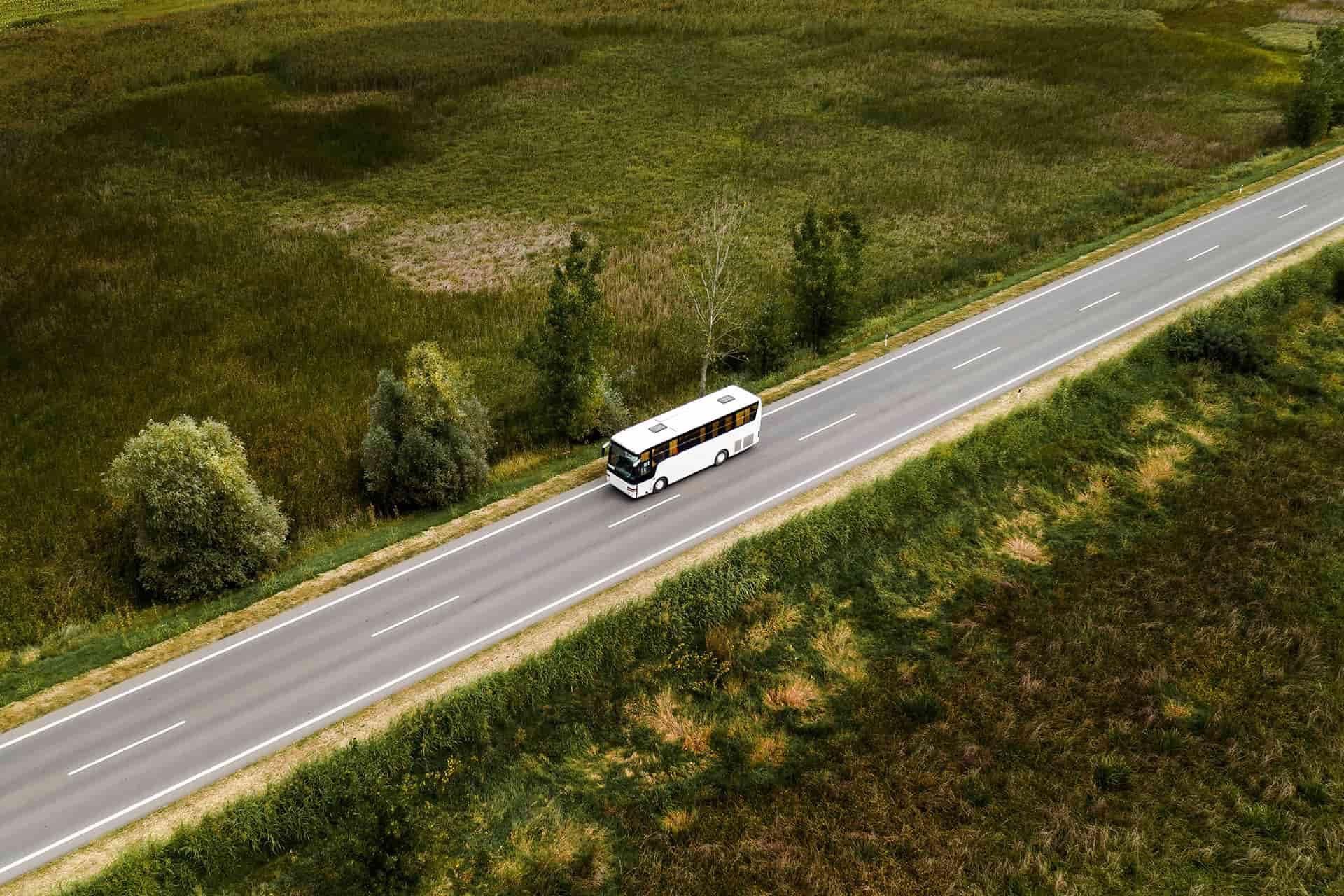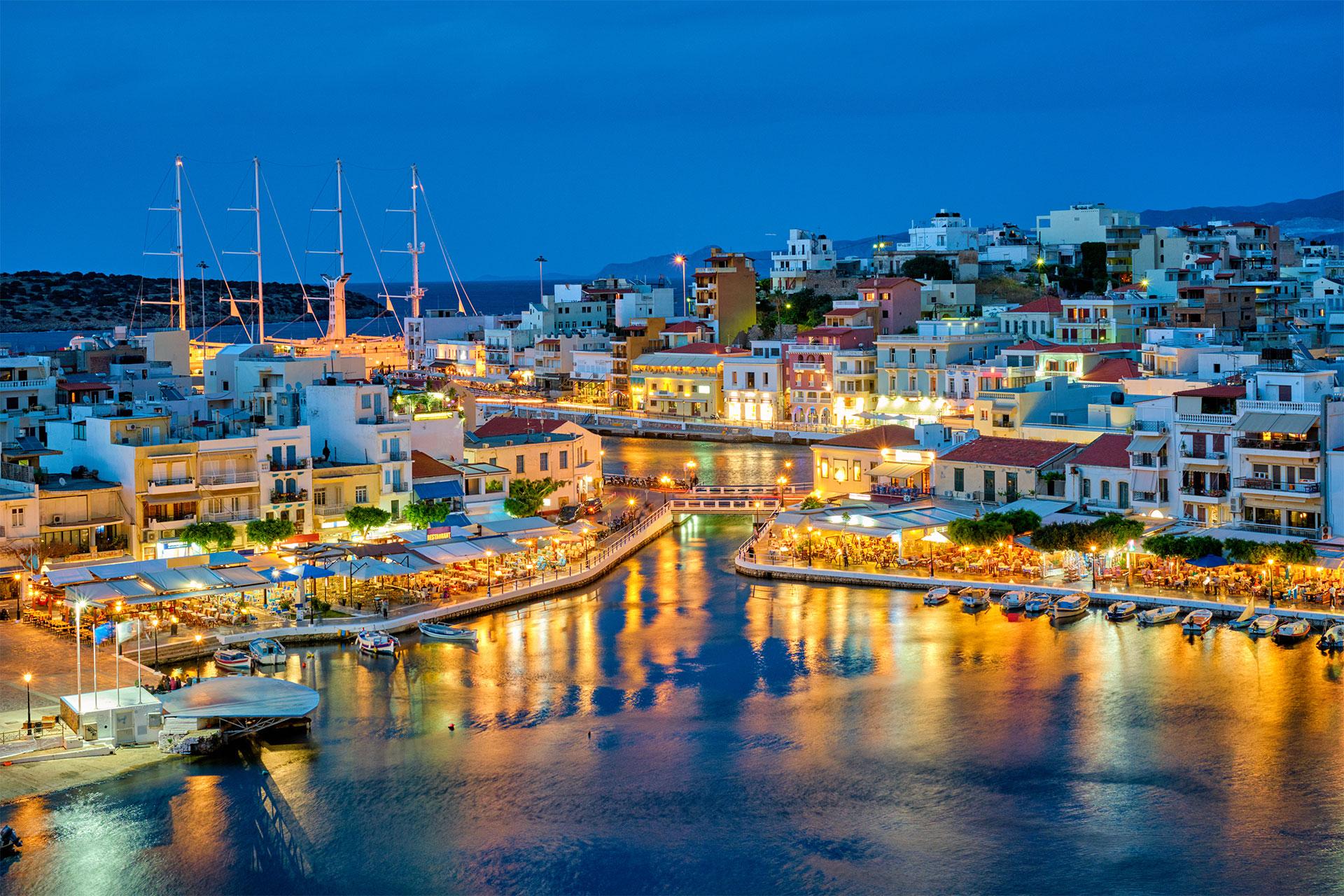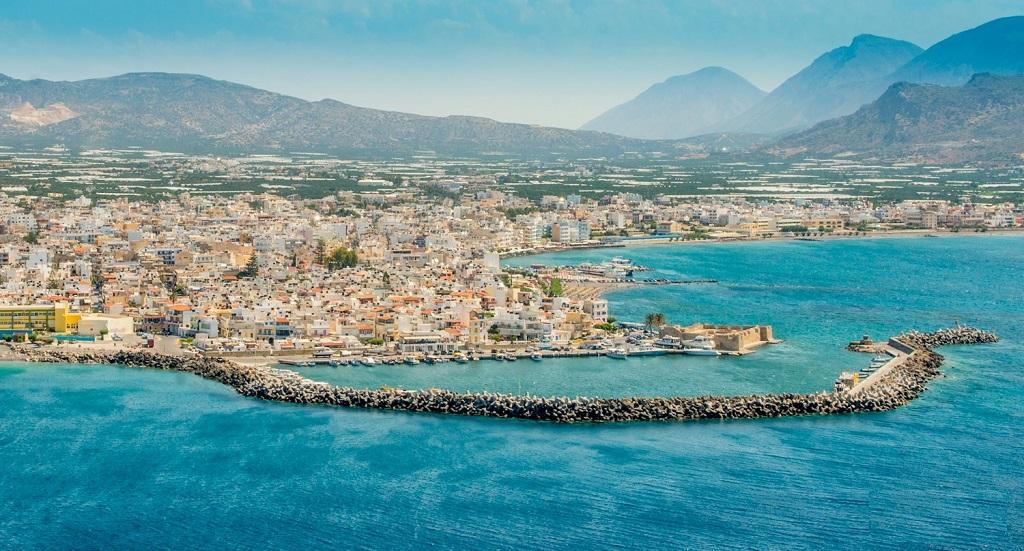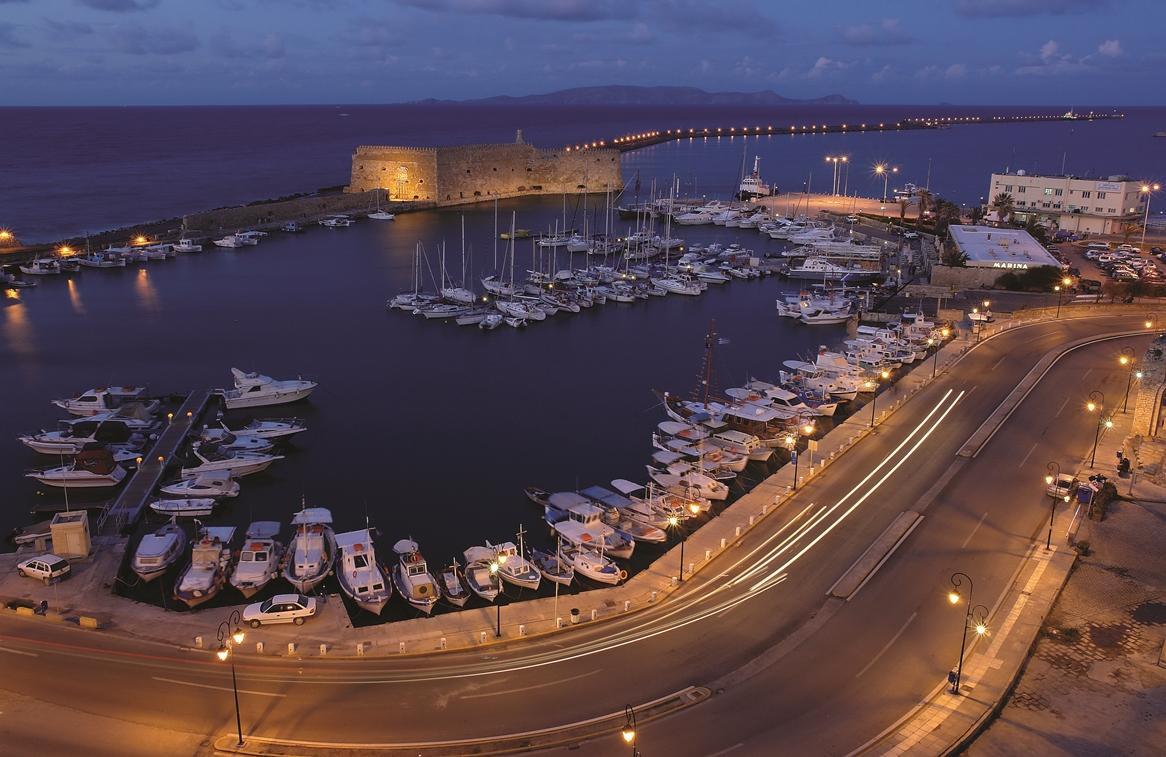

SITIA, THE OTHER FACE OF CRETE
A trip to Sitia, the southeastern edge of Europe, is an unprecedented experience, so full of feelings and emotions that it seems like a sweet game of love in which all the elements of nature and life play a part.
Nature, light and people become living legends. For this is the edge, the limit, a distant land. This is the gateway of the ancient Minoan world to the East, it was here that Zeus the bull carried the beautiful Europa on his back from the coast of Asia. This is the ancient crossroads of the sea routes and civilisations of three continents, Europe, Asia and Africa. Here was sung the first hymn to Peace in the whole of the ancient world, here in the land of the Eteocretans. Here everything has left a bright mark, giving things a mythical dimension.
Here, too, the warm, dry, temperate climate, the life-giving sun and the cool breezes all sharpen your senses and refresh you.
ANTIQUITIES & MUSEUMS
Few other places can boast such a wealth of archaeological sites and monuments as Sitia province.
The Minoan Palace of Zakros and the Minoan town of Palaikastro, the Minoan harbour-centres of Mochlos and Pseira, Doric-Hellenistic Itanos and Doric-Eteocretan Praisos, the Kazarma Fortress in Sitia, the Venetian villa and village of Etia and the medieval village of Voila, the “Great Monastery” of Toplou and a multitude of pretty Byzntine churches. There are also important museums such as the Sitia Archaeological Museum, the Folk Museums of Sitia, Chamezi, Palaikastro and Praisos, the Toplou Monastery Museum, the Zakros Museum of Water and the Zakros Natural History Museum.
BEACHES
Sitia Province has many stunningly beautiful beaches with crystal-clear waters and sandy strands under the fiery sun. Some are secluded, ideal for quiet, solitary moments of peace, while others are busy, for those who like watersports and being in the centre of things.
The best beaches are those of Vai, Kouremenos, Erimoupoli, Chiona, Kato Zakros, Sitia, Makrygialos, Xerokambos and the islands of Leuce (Koufonisi) and Mochlos.
ISLANDS
Several uninhabited islets with secluded beaches are scattered off the coast of Sitia Province, providing ideal places to swim and fish in crystal-clear waters.
These are Koufonisi (with daily boat trips in the summer from Makrygialos), the Dionysades, Pseira, Agios Nikolaos (Mochlos) and Elassa.
NATURE TRAILS
Wonderful nature trails such as the E4 European path crisscross Sitia Province with its astonishingly beautiful and accessible gorges, including Rihtis with its unique waterfall, Zakros, Kapsas, Pefka, Orini and Chochlakies.
SITIA NATURE PARK - INTERNATIONAL UNESCO GEOPARK
The history of this land has run in parallel to that of its people for thousands of years.
If human time usually leaves gaps and unexplored areas, the time of the land of Sitia has traced its mark in every detail, on the rocks, in the clefts, in the caves and in the unique gorges.
Here in East Crete, the paths of land and people intertwine and complement each other. The marks of human activity are revealed in the rich archaeological discoveries and in the present-day life, as yet unadulterated, of the inhabitants. The land is revealed at each of the hundreds of sites of geological interest in the area.
The “geosites”, forming a parallel route of manmade and natural landmarks, invite discovery by visitors to the Sitia Nature Park.
TRADITIONAL CUISINE
It is no exaggeration to say that Sitian cooking is the most representative example of traditional Cretan cooking, considered one of the healthiest in the world. The richness and variety of the produce of the blessed Sitian soil, with olive oil first and foremost, has created down the ages a cuisine of unique flavour, freshness and imagination, which visitors can enjoy at the local tavernas and raki bars.
HOW TO VISIT THE AREA
By air: Sitia has a modern airport with flights to Athens, the islands of Kasos, Karpathos and Rhodes, Alexandroupoli in Thrace, and Preveza in Epirus, while there are also international charter flights during the tourist season.
By sea: The harbour links the town to Piraeus and the islands of Kasos, Karpathos and Rhodes, and is also a cruise ship destination.
By road: There are two main roads to the area, the north and the south road axis. The north road axis connects Sitia to Heraklion and the rest of northern Crete. The south road axis connects Sitia to Ierapetra and southern Crete.
Source / ByBusMagazine

Ierapetra is in southeast Crete, in an extremely strategic position controlling the south coast of Crete and the Libyan Sea.
Favoured both by position and by nature, Ierapetra has always been an important centre of the island. It has grown into the largest town in south Crete and a major tourist destination. When you visit it you will find a lively, active town - much more so than Agios Nikolaos or Sitia.
Ierapetra, with around 13,000 inhabitants (2001 census), is a seaside town with an exceptional beach at its busy centre.
Ierapetra, sunny weather and the highest temperatures in Greece
What makes Ierapetra stand out is that it has the highest average of sunny days and the highest temperatures in Crete and Greece, with an annual average of 20 C.
Ierapetra is a town which has everything in abundance, but the one thing you won’t need here is an umbrella, since it rarely rains. According to the experts, the mountains of West and Central Crete act as barriers, stopping the clouds on their way to Ierapetra.
Ierapetra is one of the most fertile areas in Greece, and therefore one of the most productive. Its inhabitants mainly cultivate greenhouse fruit and vegetables, exporting them to many European countries.
Ierapetra is special because:
Ierapetra has many distinctions and claims even more:
it is the southernmost town in Europe
it is the town with the highest temperatures in Crete
it is an ideal base for holidays and excursions in southeast Crete
it is one of the most productive farming towns in Greece...
The list is a long one, but until recently Ierapetra was not one of the most attractive towns in Crete or Greece. In recent years, however, there have been efforts to prettify it. The restructuring of the coastal road has indeed improved it a great deal, making it ideal for a stroll and somewhere to sit for lunch or an evening drink with a view of the sea.
The town of Ierapetra has pretty corners to discover, making you forget that you’re in a busy place with a slight traffic problem and the general hustle and bustle of a town in constant motion.

During the Minoan period the centre of the region was Knossos. Heraklion was inhabited from the beginning of the first millennium BC. Quoted by Plinio as being a small city. Throughout the Minoan period it was one of the harbours for Knossos (Heraklia). The Venetians built the settlement and called it Kastro (castle). The Arabs selected Heraklion to be the capital of Crete as it had a well fortified harbour which they used as an operations base for their raids in the Aegean. It was to remain the capital until 1851 and then again from 1971. The Arabs called her fortress Tafrou (trench/moat) in Arabic Hantiak which is were the name for the town Handakas originated and it kept this name until the 19th century.
After the 16th century was the Cretan re birth of Xandakas, Famous painters such as Theofanis,Kris,Mahial Damaskinos and the great Dominique Theotokopoulos left their mark. The Cretan re birth reached its climax with the growth of Cretan literature and the works of pioneer Giorgos Hortatsis and Vitsenzos Kornaros the Erotokritos. Other important men of literature are Markos Antonios Foskolos from Handaka with his theatrical work Fourtounatos.
The fortifications of Handaka along with its bastion and its only means of access by sea made it difficult for the Turks to take possession. Nevertheless the Turks managed to finally seize the town in 1669. The town suffers major damage and the population falls dramatically.
A new period of growth will begin from the 18th century up until the 19th century and many new buildings will be added. In 1865 a big earthquake will destroy most of the town. The next big catastrophe to hit Heraklion was on 25th August 1898, when the English arrived, the Turks attacked causing the death of many English soldiers, this resulted in a change of attitude from the Great Forces who subsequently removed all of the Turkish soldiers from the island.
The city begins to develop dynamically; with the arrival of many refugees from M.Asia in 1922, this played a big role in the development giving the city a new aura.
From 1971 up until today Heraklion has been the capital of the island, seat of important faculties such as the University Of Crete,the Institute of Technological Research and one of the biggest urban centres in the country.
The first thing which draws the attention of the visitor is the walls. The fortifications of Heraklion are unique with wide walls, deep ditches and big bulwarks, additional fortifications outside the ditches are the bases for large firearms.
Beginning the tour of the town at the old Venetian harbour going in a clockwise direction you will first come to Promachona (fortress wall) Sabionara, Promachona Vittouri,Freedom square, Promachona Isou, Promachona Martinengo, Promachona Bethlehem and Promachona Saint Andrea.
Following the coastal road and returning to the harbour you will see the fortress/ jetty out to sea known as Koules. Walking up 25th August Street from the old harbour you will come to the church of St. Tito and a little further up the elegant Venetian Loggia then the Eleftherios Venizelou square with the famous Morozini fountain and opposite one of the most characteristic monuments of Heraklion the Royal Saint Mark.
As you continue you will come to the big Heraklion market on 1866 street which leads up to Kornaros square and the Bembo spring. Also close by you will find an Ottoman pavilion Sembil Hanes.
Other significant springs are Priouliu spring,Delimarkou close to the area Agia Triada and the Idomenea spring close to the history Museum.
In the square of St Katerina you will find the temple of Saint Minas which will impress with its size,in the same square is the temple of Saint Aikaterini which dates back to the 16th century.
Apart from the Venetian monuments it is well worth paying a visit to the archaeological museum, one of the most important museums in the country, Freedom square along with Justice road where you will find the Court mansion/palace, police station and the Town Hall. The Grave of the great writer Nikos Kazantzakis in the city’s fortifying walls (Martinengo).
Although Heraklion is renowned for being a town of anarchy with inelegant buildings it has many beautiful areas where you will be able to see old distinguished houses which still give the town the feeling that you are back at the beginning of the 20th century.